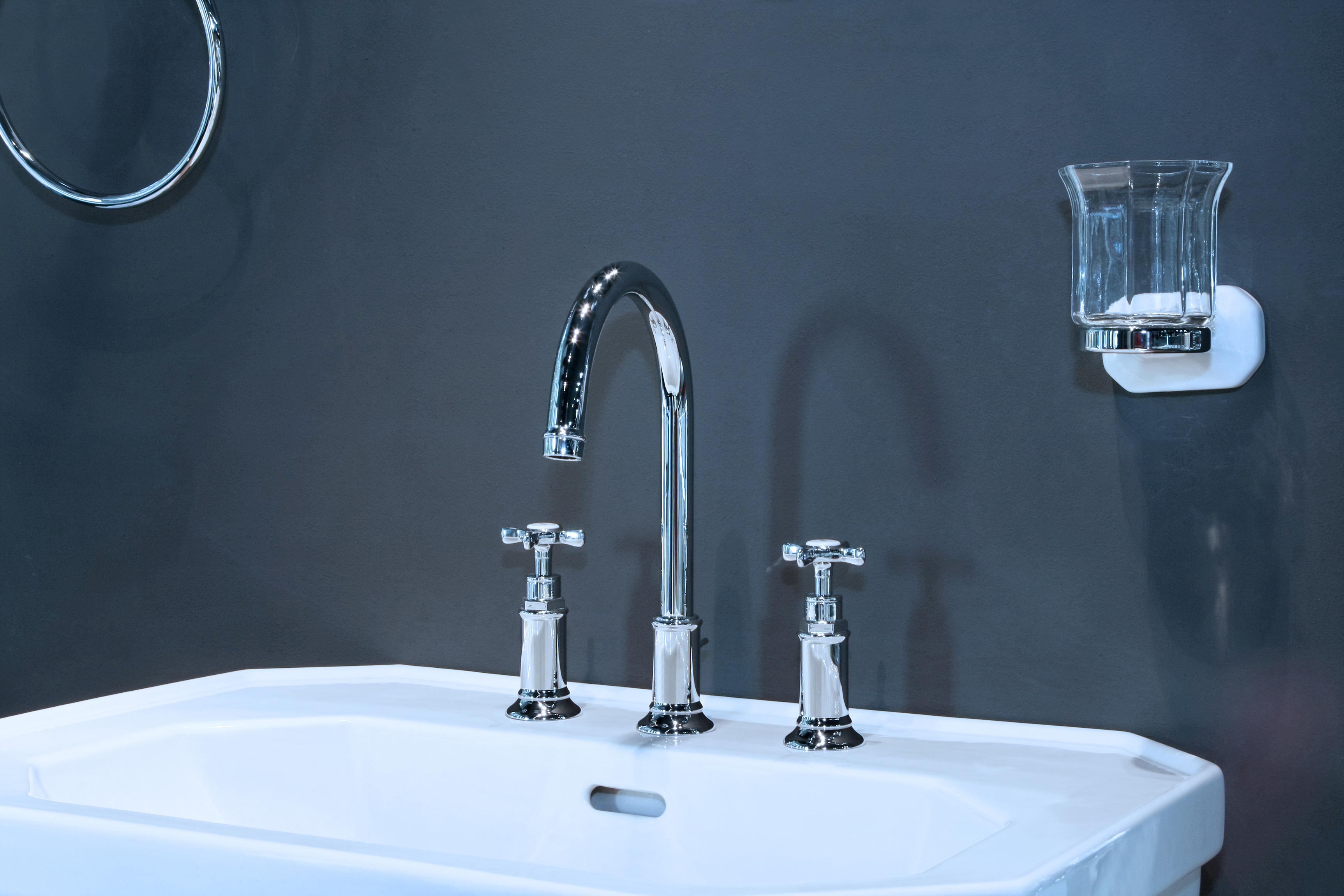The problem: It’s hard for IT departments to meet business expectations with only Mode 1* delivery
This is not a new problem, nor is it a problem that hasn’t been discussed and dissected a thousand times over already. Business partners want their IT departments to deliver changes at a pace that’s consistent with what they experience with their consumer devices. IT leaders want those changes to be non-disruptive. End users want apps that are intuitive and match their business process – they do NOT want 40-page job aides that show them how the new and ‘improved’ system will make their lives easier.
And mobile – it must be mobile.
While this problem is not unique to SAP (or ERPs in general), it may be felt even more strongly by businesses that run SAP. Negative perceptions borne from the cost and time required to implement SAP, restrictive change and release management processes, and a non-intuitive user interfaces all combine to make it easy for business and end users to feel that SAP is just…slow.
Here’s the thing – even though the problem is not new, that doesn’t mean that the solution is simple. A great user experience, great application design, and end-to-end delivery that meets or exceeds user expectations are challenging for even the most mature IT organizations.
At Mindset, we’re perfecting a formula that changes the way that businesses, and even more importantly, end users, think about IT’s ability to deliver value quickly with SAP.
*For a quick primer on Bimodal IT, check out this Gartner definition.
Fiori changes your users’ perceptions of what it’s like to work with SAP
Any solution that intends to improve the end user’s interaction with SAP should start with Fiori. I’m not going to go into a lot of detail about the benefits of Fiori (the rest of our team can do that much more effectively than I can), so I’ll keep this part short: Fiori provides the best framework to build SAP applications that are easy to use, responsive, and reflective of the underlying business process, period.
Design Thinking ensures focus, engagement, and investment
Once you’re ready to jump into building Fiori applications to improve your business, use Design Thinking to solve two of the biggest challenges with successfully implementing any development project: customer engagement and solution focus.

One of the primary goals of Design Thinking is to ensure that end users are engaged and involved in the process from the start. Apart from the obvious benefits of ensuring that the user’s needs are heard and addressed as part of the eventual solution, this process also serves to get the users excited and invested in the outcome. Who’s going to argue with users that are actually excited about changes that are coming from IT?
Furthermore, Design Thinking naturally distills the solution down to its core requirement: what the user needs. Because the Design Thinking process continually focuses on the user, it makes it much less likely that the proposed solution will deviate from that focus. The design coming out of Design Thinking will be aligned to the core objective of getting the user what they need to be most effective.
See more about our Design Thinking process here.
Agile maintains partner investment and delivers what’s most important
OK – so now that you’ve got the users excited and created a beautiful, simple, intuitive Fiori design that will meet their every need, you can safely retreat back into your safe, sanctioned, change-managed waterfall delivery methodology, right?

Sure…if you want to undo all the good things you just did. Instead, embrace the Agile delivery methodology to keep users engaged and ensure that the flexibility exists to make adjustments when you realize that the original requirements weren’t perfect.
This is where it can get really tricky – Agile delivery and SAP change management have a complicated relationship. There’s no one-size-fits-all solution for this, but we’ve found that doing as much as you can in an Agile fashion still provides tremendous value even if you have to revert to a waterfall-like approach when it comes to SAP change and release management. This is another huge advantage of Fiori; the development of Fiori applications aligns really well with an Agile approach.
Regardless of how ready your change management process is for Agile, here are a few things that you can and should do as soon as possible to start on your journey with Agile & SAP:
- Drive consistent, direct engagement between developers and product owners (and, if possible, end users) to eliminate the game of “telephone” and ensure that what is being developed is what was needed in the first place
- Identify and enable product owners to ensure that the original intent of the solution is maintained and that the most important features are delivered soonest
- Run development cycles as sprints to demonstrate consistent, iterative improvement and allow for drastically shortened feedback cycles
- Allow development teams to self-organize to ensure you’re getting the most productivity out of the resources you have
- Go back to your users consistently throughout the process to ensure that the solution ultimately meets their needs
Mindset can help
If all of this sounds too good to be true, or if you’re saying to yourself, “that would never work in my company”, then reach out to us today. We’ve got talented UX architects and a passionate development team. We have demonstrated experience successfully implementing Fiori applications using the Agile framework at companies of all sizes and SAP maturity levels. We’ll change the way your business thinks about SAP delivery and help you get to Mode 2.
View our LinkedIn, here.